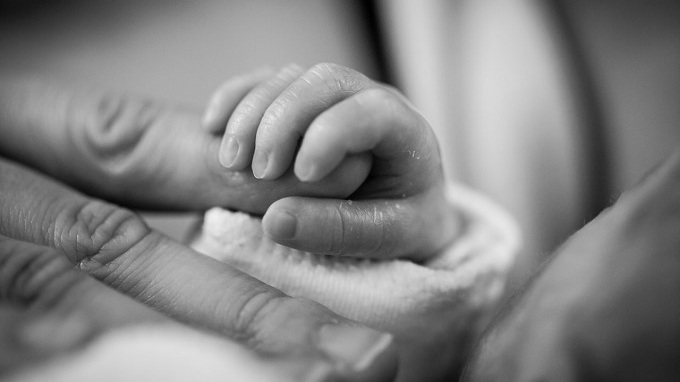Research In Action
Research In Action
Breadcrumb

Every parent should be aware that their newborn child must be restrained in a rear-facing child restraint system (CRS), whether an infant-only seat or a convertible seat in the rear-facing position, when they come home from the hospital—and, of course, on every subsequent trip in a motor vehicle. What parents may not know, however, is how to approach child passenger safety if their child has a low birth weight and/or is born prematurely, which is typically defined at earlier than 37 weeks.
There are health risks specific to premature or low-birth weight (5.5 pounds or under) infants when placed in a traditional CRS, including an increased risk of oxygen desaturation, apnea and/or bradycardia. The American Academy of Pediatrics (AAP) has more information on these conditions here.
Therefore, safe transportation of preterm and low birth weight infants requires special considerations. Before leaving the hospital, the infant must pass the “car seat test,” where they are seated in a CRS provided by the parents for a specific length of time while his or her breathing, heart rate, and oxygen level are monitored.
If deemed necessary, the medical team may recommend a car bed, which allows the infant to lie down while traveling and help to avoid the medical signs listed above. Babies in car beds need to be monitored by an adult other than the driver, and car trips should be limited until the child is medically approved to transition to a traditional rear-facing CRS.
So what happens if a preterm or low-birth weight infant passes the car seat test and does not need a car bed? Under Federal Motor Vehicle Safety Standard (FMVSS) 213, a newborn anthropomorphic test device (ATD, or crash test dummy) is used to confirm the safety of commercially available CRS. Although most traditional infant car seats are recommended for children greater than 4 or 5 pounds, the 7.45 pound CAMI newborn ATD is most often used for certification purposes.
With this in mind, a first step in protecting infants of smaller weights is to understand how simulation can be utilized to optimize their safety. Using a combination of real-world sled testing and advanced computational models, we need to systematically evaluate and understand the unique challenges with keeping smaller infants secured in traditional CRS with a 5-point harness.
This AAP clinical report, authored by the Committee on Injury, Violence, and Poison Prevention and the Committee on Fetus and Newborn, provides additional clinical and research implications for restraining premature or low birth weight infants at hospital discharge.
Additional CPS resources for families of premature or low birth weight infants are available from CHOP and March of Dimes.

